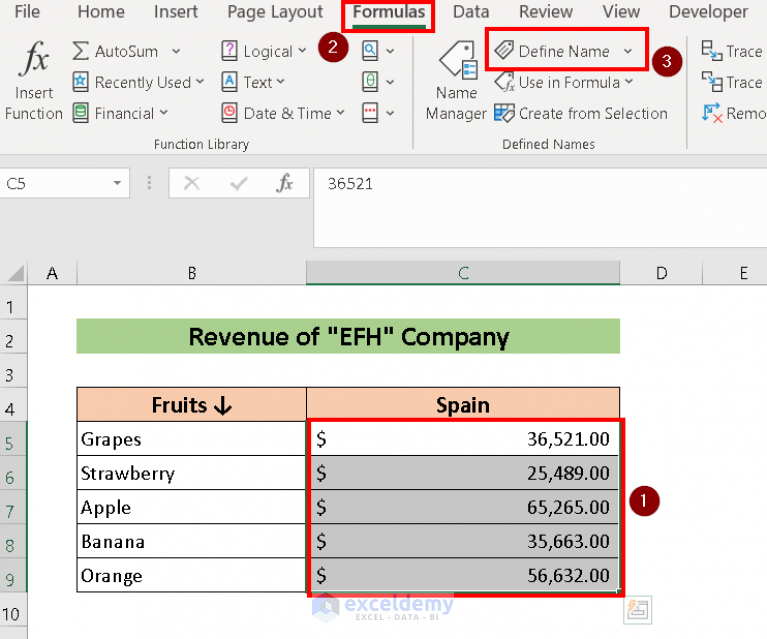5 Ways to Link Excel Sheets for Better Data Management

When managing large datasets or conducting complex analyses, linking Excel sheets can streamline your workflow and ensure data consistency across multiple spreadsheets. Here, we explore five effective methods to link Excel sheets for enhanced data management and analysis.
Method 1: Using External References


To link sheets within the same workbook or across different workbooks, Excel allows you to use external references:
- Open both the source workbook and the destination workbook.
- Click on the cell where you want to insert the linked data in the destination sheet.
- Type an equal sign (=) followed by the workbook name, sheet name, and cell reference. For example,
=[Source.xlsx]Sheet1!A1. - Press Enter to establish the link. The value from the source will now appear in the destination cell, updating automatically when changes occur in the source.
🌟 Note: Remember to update links if you move or rename the source file to prevent broken links.
Method 2: Using VLOOKUP and HLOOKUP


These functions allow you to look up and retrieve data from a different worksheet:
- VLOOKUP: Use to vertically search for a lookup value in the first column of a table and return a value from the same row but from a different column.
- HLOOKUP: Horizontal lookup for searching a lookup value in the first row and returning a value from the same column.
Here’s an example of VLOOKUP:
=VLOOKUP(A2, [Source.xlsx]Sheet1!A2:B100, 2, FALSE)
Method 3: Data Consolidation

Data Consolidation in Excel lets you combine data from multiple ranges into one location:
- Go to the destination worksheet where you want to consolidate the data.
- Under the Data tab, select ‘Consolidate’.
- Choose your function (SUM, AVERAGE, etc.), and then select the ranges from the source worksheets, ensuring you choose the correct references.
Method 4: Power Query


Power Query is a powerful tool for connecting to various data sources and transforming data:
- From the Data tab, select ‘Get Data’ > ‘From File’ > ‘From Workbook’.
- Navigate to and select the source workbook, then follow the prompts to load data into the destination workbook.
This method provides extensive options for merging data, including append, join, and filter functionalities.
📝 Note: Power Query requires Excel 2010 or later, and activating this feature might be necessary if you are using an older version of Excel.
Method 5: Excel Tables


Creating and linking Excel Tables can significantly simplify data management:
- Convert your data ranges into tables by selecting the range and pressing Ctrl+T.
- When referencing a cell in another sheet from a table, Excel automatically adjusts the formula if new rows or columns are added.
- Link tables using structured references, like
[SourceTable]@[Column1], to dynamically pull data from source tables.
Linking Excel sheets not only saves time but also ensures accuracy and real-time updates across your workbooks. Whether you are compiling data for a report, analyzing trends, or just keeping your data organized, these methods will enhance your data management strategy.
To improve your data management further, consider combining these methods:
- Use external references for straightforward data links.
- Employ VLOOKUP or HLOOKUP when you need to find specific data points.
- Consolidate data to get a summary from multiple sheets.
- Leverage Power Query for more complex data transformations.
- Implement Excel Tables for dynamic and automatically updating references.
By choosing the right method for your needs, you can create a robust system that supports efficient and accurate data handling in Excel.
How can I link multiple sheets without breaking the links if I rename or move the files?

+
To prevent broken links when renaming or moving files, use absolute references in your Excel formulas, and consider using a consistent naming convention for your files and sheets. Additionally, always update links manually after moving files using the ‘Edit Links’ option under Data Tools.
Can I automate linking in Excel with macros?

+
Yes, you can automate linking processes with VBA (Visual Basic for Applications) macros. Macros can automate the setup of external references, VLOOKUPs, and even Power Query operations, making your work repeatable and efficient.
What are the limitations of using Power Query for linking?

+
Power Query does have limitations, including potential compatibility issues with older Excel versions, file size constraints, and the requirement for data refresh when source files change, which might slow down workbook performance if not managed correctly.



